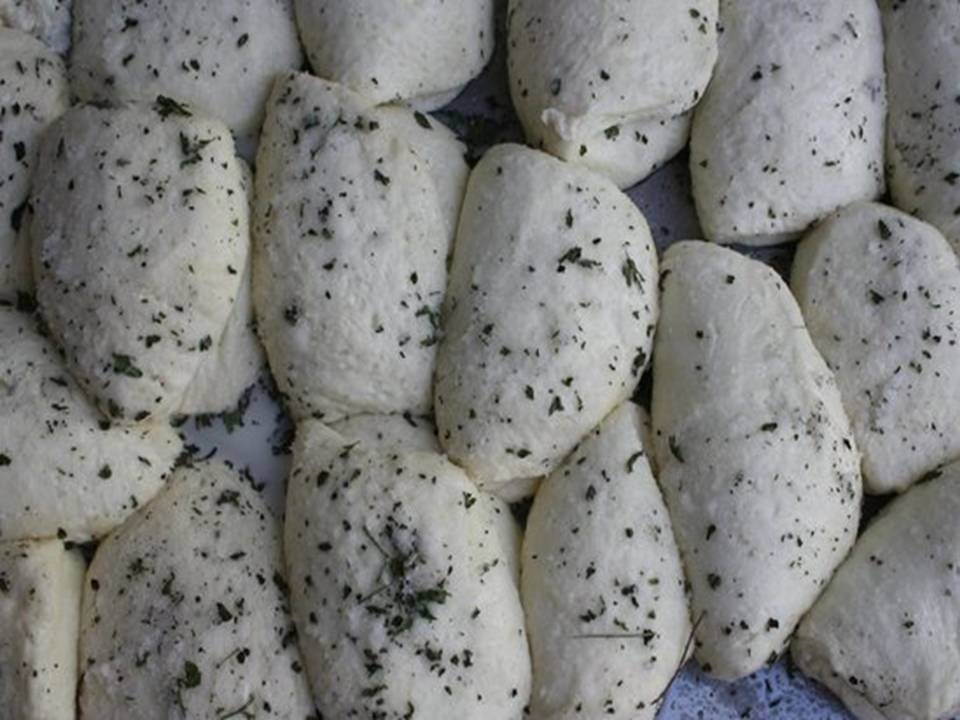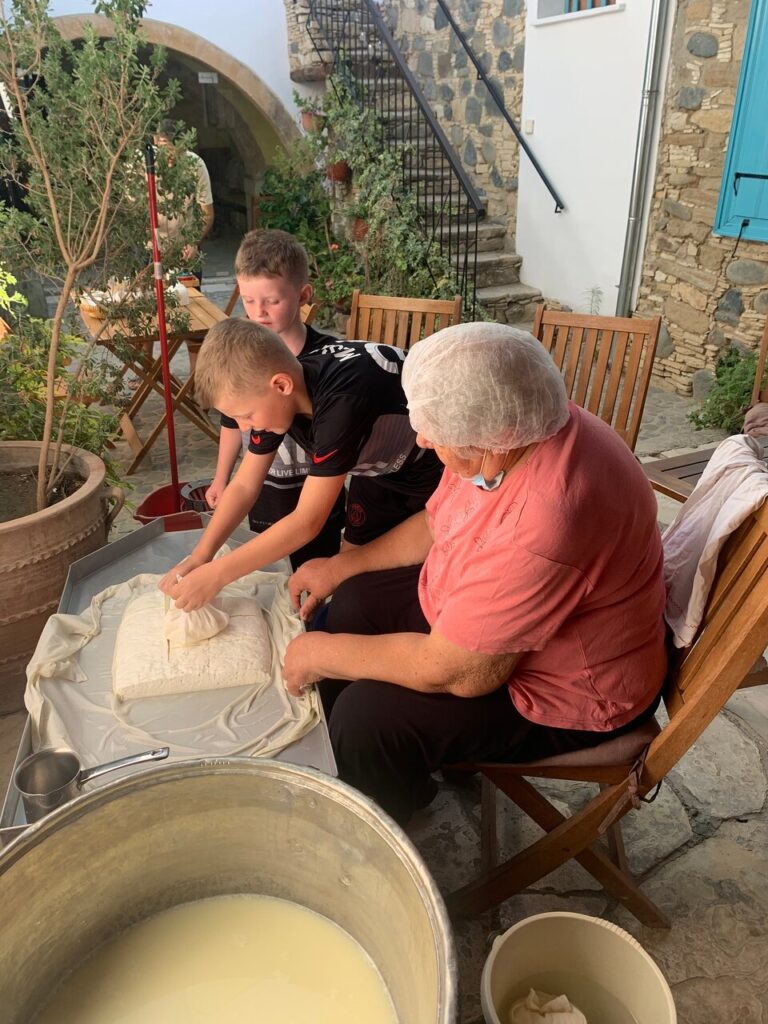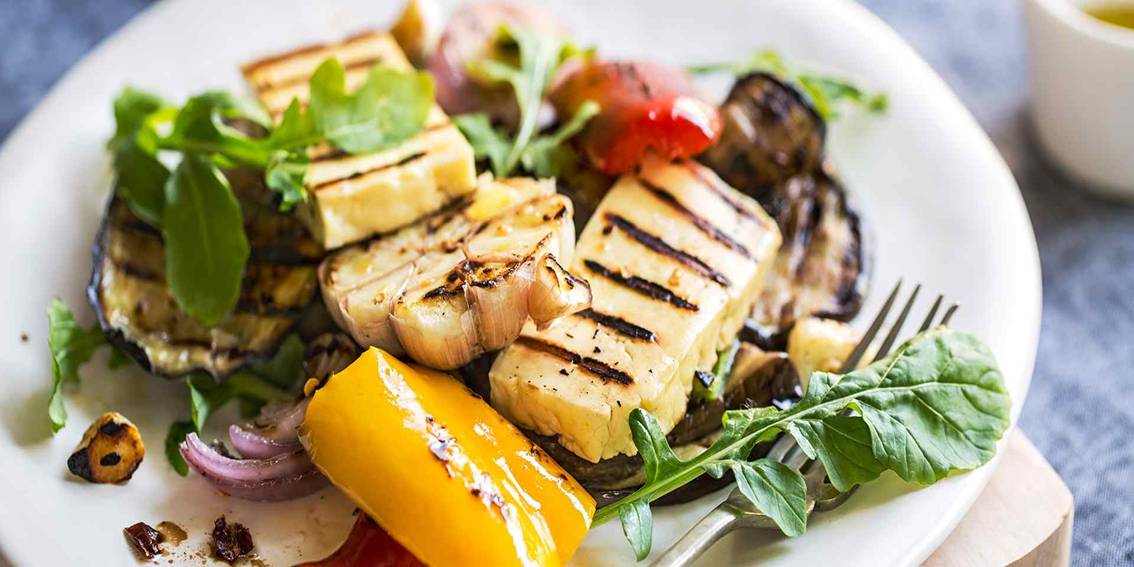The History of Halloumi
Halloumi, a cheese that squeaks when grilled and resists melting, stands as one of the Mediterranean’s most cherished culinary treasures. Originating from Cyprus, this cheese has carved out a unique identity, bridging the cultures of the Middle East, Greece, and Europe. Its journey from a local staple to a globally beloved cheese reflects a rich history intertwined with tradition, survival, and adaptation.
Ancient Roots in Cyprus
The story of halloumi begins in Cyprus, an island in the eastern Mediterranean with a history stretching back to antiquity. Though pinpointing the exact origin of the cheese remains challenging, historians generally agree that it dates back to the Byzantine era, around 395–1191 AD. Some evidence suggests that Cypriots produced similar cheeses even earlier, possibly during the Roman or Hellenistic periods.
Halloumi Cheese in Ancient Time
In ancient Cyprus, cheese making served as a necessity. Farmers faced scorching summers and scarce resources, so they developed halloumi as a way to preserve milk. This cheese provides a vital source of protein with many health benefits such as protection against type 2 diabetes, strengthening the bones, and reduced belly fat and body weight. The traditional Cypriot recipe called for sheep’s or goat’s milk, with some recipes incorporating a mixture of both. Farmers hand-folded the cheese into its distinctive semi-circular shape, often storing it in brine to extend its shelf life.

A Regional Staple in the Ottoman Empire
During the Ottoman rule of Cyprus (1571–1878), halloumi gained further prominence, not only on the island but also across the empire. Cyprus’ strategic location between Europe, Asia, and Africa made it a crucial trade hub, and halloumi began to find its way to neighbouring regions, particularly the Middle East.
Throughout the Ottoman period, small farms across Cyprus continued to produce halloumi using traditional methods. Goat and sheep herders, integral to the island’s agricultural economy, maintained halloumi production as part of their daily livelihood. They crafted the cheese by heating the milk, curdling it with rennet, and then pressing and folding it before boiling it again. This double-cooking technique gave halloumi its signature bounce, allowing it to hold up when grilled or fried, a characteristic that sets it apart from other cheeses.
In this era, Cypriots often preserved halloumi by storing it in brine or olive oil, contributing to its longevity and portability. Families often added mint leaves to the cheese, which acted as a natural preservative while infusing it with a distinct flavor. The practice of adding mint became a defining feature of Cypriot halloumi and symbolized its link to the island’s natural resources.
British Colonial Influence and Modernization
The British Empire took control of Cyprus in 1878, marking the island’s beginning of significant cultural

and economic changes. Halloumi production experienced a shift during this period, especially in the early 20th century, as modernization swept through Cyprus. British authorities introduced new agricultural policies and infrastructure, which helped local dairy farmers scale up production.
During this time, Cyprus began to industrialize halloumi production, with some farmers adopting cow’s milk in response to growing demand. Cow’s milk, more abundant than goat’s or sheep’s milk, allowed producers to make halloumi in greater quantities. This move made cheese more accessible and affordable to the masses, particularly as Cyprus urbanized.
Meanwhile, halloumi’s fame spread to Cyprus’ Greek and Turkish communities. Both groups embraced the cheese as part of their culinary heritage, reflecting its deep integration into Cypriot life. Each community, however, maintained its distinct variations in production and use, further embedding halloumi in the multicultural tapestry of the island.
Halloumi’s Global Ascent
Halloumi first gained international recognition in the latter half of the 20th century, when Cypriot immigrants introduced it to Europe, North America, and Australia. Cypriot communities abroad maintained their connection to the island’s traditions through food, and halloumi became a symbol of their cultural identity.
The unique properties of halloumi soon attracted global attention. Unlike most cheeses, halloumi could be grilled or fried without melting, a quality that quickly endeared it to chefs and food enthusiasts. By the 1980s, halloumi had begun to appear on restaurant menus across Europe, particularly in countries with a strong Mediterranean influence like Greece and the UK. Its versatility made it popular in vegetarian and Mediterranean cuisine, where it was often grilled or used in salads and sandwiches.

By the early 21st century, halloumi had achieved widespread popularity beyond Cyprus and the Mediterranean. Exports surged, especially to the UK, which became one of the largest markets for Cypriot halloumi. As the cheese gained a global following, producers experimented with variations in milk types and preparation techniques to meet the growing demand.
Challenges and Controversies
Despite its popularity, halloumi’s rise has not been without challenges. The surge in demand led to debates over the authenticity of halloumi produced outside Cyprus. In the 2010s, the Cypriot government sought to protect the cheese’s traditional roots by applying for a Protected Designation of Origin (PDO) status from the European Union. They argued that only cheese made in Cyprus using traditional methods and specific types of milk should carry the name “halloumi.”
This effort to secure PDO status sparked controversy, especially among producers using cow’s milk or operating outside Cyprus. Traditionalists insisted on preserving the cheese’s historic connection to sheep and goat’s milk, while modern producers emphasized the need for flexibility to meet global demand. In 2021, the European Union finally granted PDO status to Cypriot halloumi, recognizing its unique cultural and historical significance.
Conclusion
From its humble beginnings in the villages of Cyprus to its place on plates across the world, halloumi’s journey reflects a story of resilience, adaptation, and identity. Cypriots have safeguarded the traditions of making this cheese while embracing change to meet the demands of a global market. Halloumi, once a regional staple, now serves as a symbol of Cyprus’ rich cultural heritage and its enduring connection to the Mediterranean.




